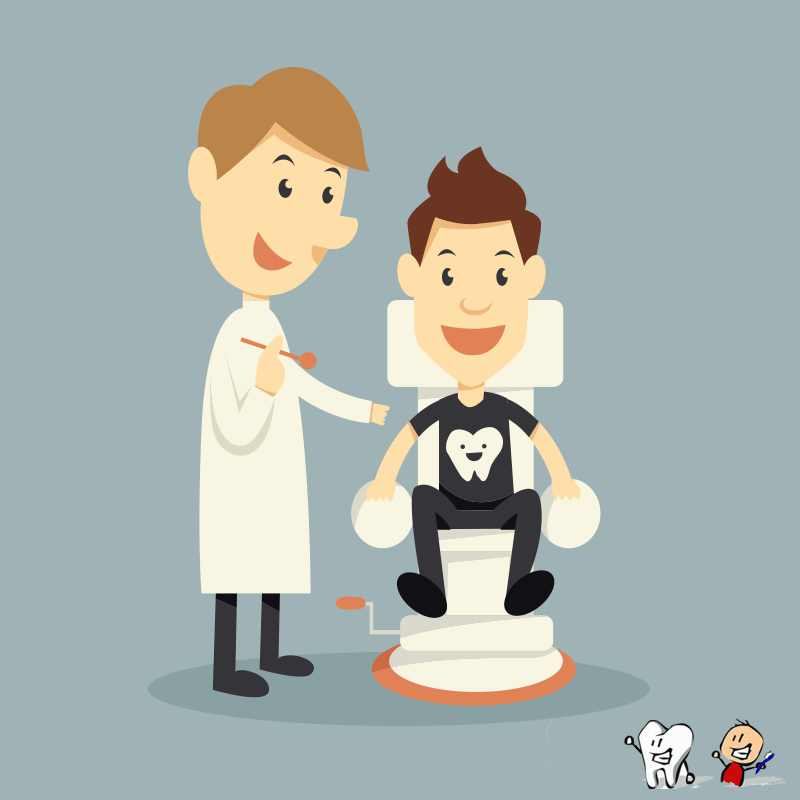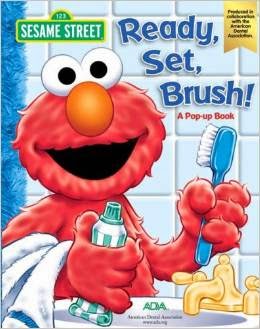The American Academy of Pediatric Dentistry recommends that children visit a dentist with the eruption of the first tooth, or at the latest, by age one. While some babies are born with one or two teeth, some won’t have their first tooth until after age one. The average age for the first tooth eruption is six months. The best way for us to prevent cavities in our children’s teeth is to address it at an early age.
Start Early
Children need to become comfortable with having their teeth and mouths inspected by parents and dentists. This can start in infancy, even before a tooth erupts. After meals, use a damp warm cloth to gently cleanse the gums. As your child grows, continue regular inspections.
As our children grow, we must be active and vigilant. We cannot simply ask our kids if they’ve brushed their teeth and hope they’re honest. Most kids don’t like to brush their teeth. Many lie about it! Some will run the toothbrush under water to “prove” they’ve brushed when they haven’t. Parents must actually inspect their children’s teeth. The best way to ensure our kids are brushing is for us to watch them brush.
Just by walking down the toothpaste and toothbrush aisle at the supermarket or drugstore, it’s obvious that marketers have figured out that fun products attract kids. Most general retailers carry a huge selection of kid-themed toothbrushes, toothpaste and mouthwash. Kids like to have fun. Commercial packaging is designed to be fun and appealing to children. Make it fun!
Purchasing dental products with popular animated characters is the simplest way to start the fun. Take it a step farther by finding tools available through various other outlets. Sesame Street, for example, has a wealth of tools on its site for parents, such as activities, games, and informational brochures. YouTube is a great source for kid-oriented dental hygiene videos. There’s no shortage of fun videos on YouTube instructing kids on dental hygiene!
Insurance Providers as a Resource
For families with health maintenance organization (HMO) dental insurance plans, check with your provider to see what resources are available regarding your child’s dental care. Many HMO plans offer resources on their websites that will help with caring for your child’s teeth.







